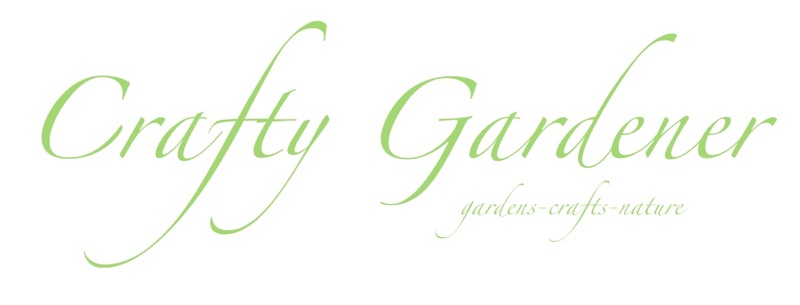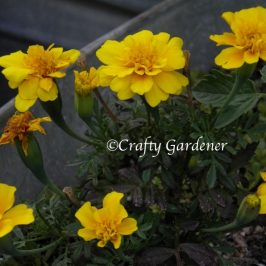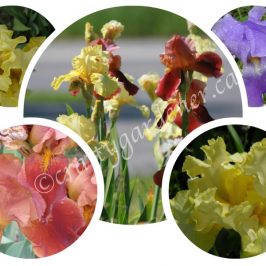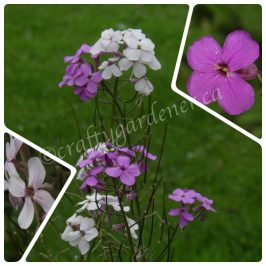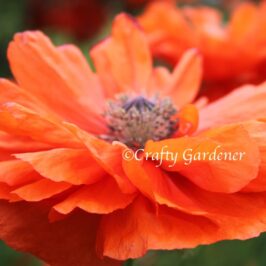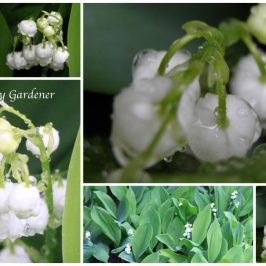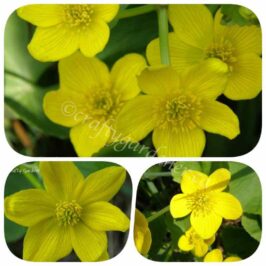Milkweed, Asclepias, is an herbaceous perennial named for the milky liquid which contains latex and alkaloids. There are many species of milkweed and some of them can be toxic. Milkweed is an important source of nectar for bees and other insects and bugs. It is the main food source for the Monarch butterflies.
We have a large wild area at the back of the garden where milkweed are encouraged to grow. The plant can be up to 1.5 meters tall and does produce an amazing big underground root system. It can be an invasive plant and is not recommended for the average sized garden.
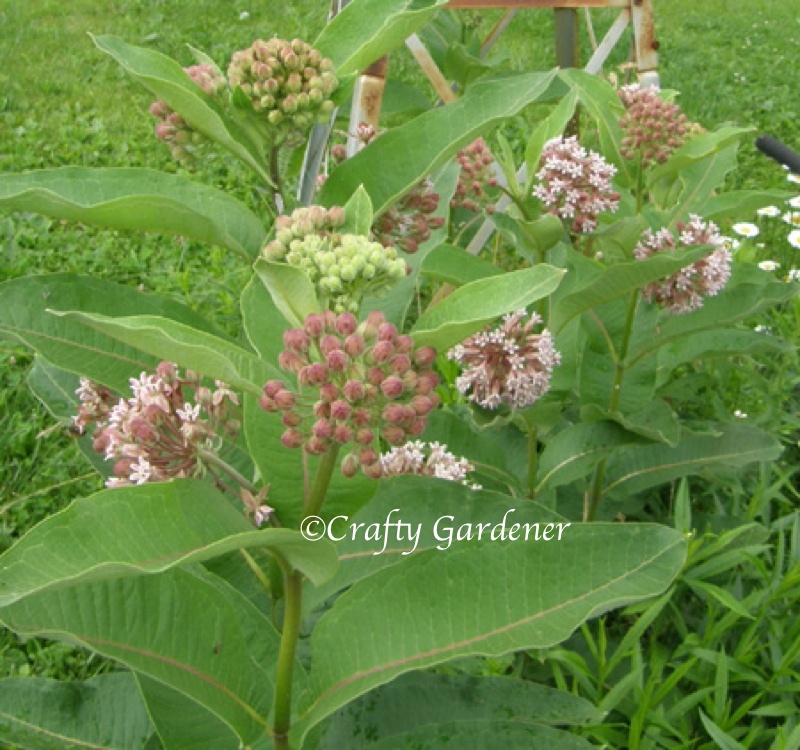
Besides attracting bees and butterflies the blooms have a wonderful scent. Flower clusters or umbrels start appearing in late spring. They open to a light pinkish purple bloom. The flower heads are edible, if you wish to try them and you can search for various recipes. I only grow them for the scent and for attracting butterflies.
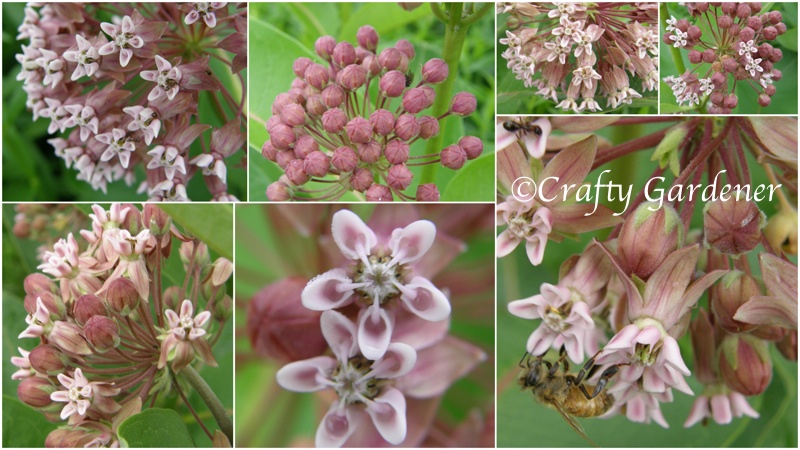
After blooming a small green pod starts to develop.
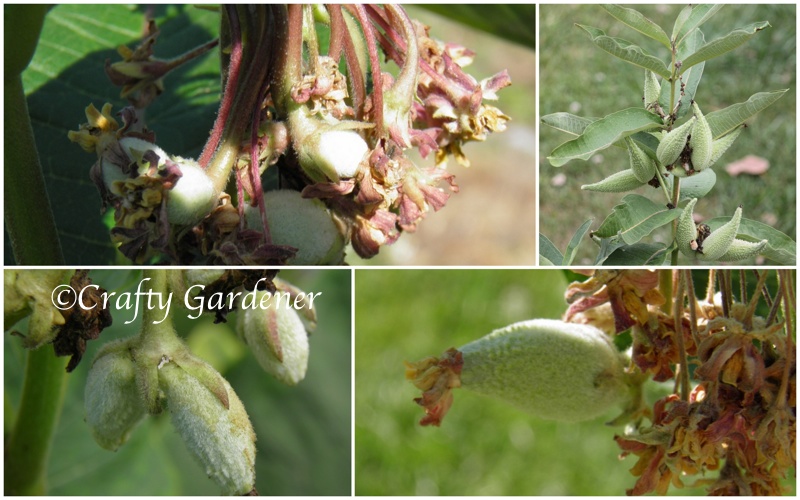
Just leave the blooms on the plant to dry right out. These pods will get bigger as the season progresses. In the Fall they start to dry out and split open to reveal lovely silky tassels with seeds attached.
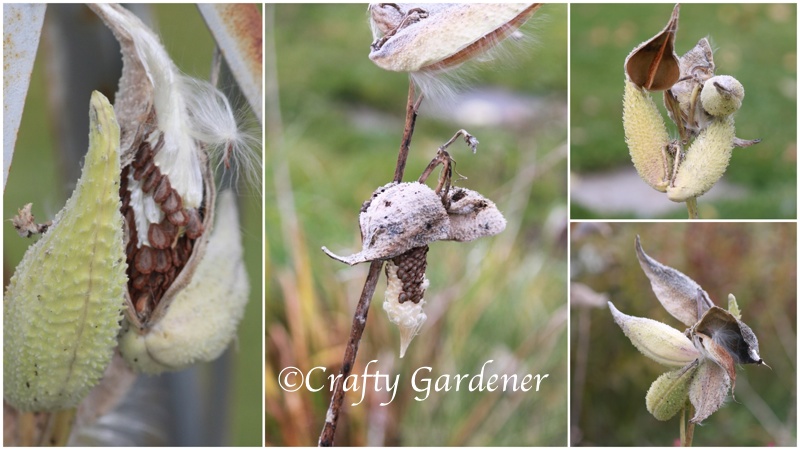
When they are totally dry the wind will cause them to leave the pod and fly through the air, their personal flying machine, and they will float to a new location to hopefully grow the following year. Plants that grow from seed will bloom in their second year.
There is a lot of discussion that the use of the weed killer Roundup has been linked with the decline in numbers of Monarch butterflies.
If you are lucky enough to have a wild area in your garden I hope you will consider encouraging the milkweed plant to grow there to help maintain the Monarch butterfly.
More macro photos of the milkweed pod and seeds is in a previous post I did.
Alphabetical posts
A B C D E F G H I J K L M N O P Q R S T U V W X Y Z
![]()
More from The Gardener Side
